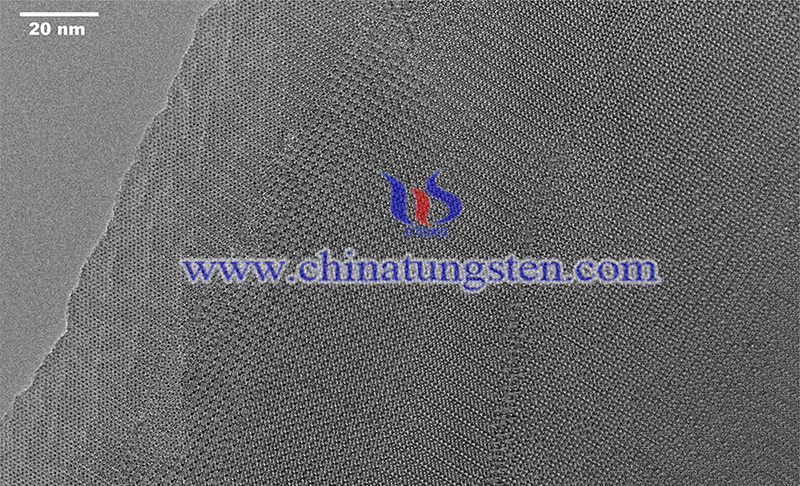Preparation of Stable Electrochromic Devices Using Niobium Tungsten Oxides
- Details
- Category: Tungsten Information
- Published on Monday, 21 March 2022 17:41
Recently, a research team from Shanghai Tech University has prepared an electrochromic device (ECD) with a composite niobium tungsten oxide (Nb18W16O93). Their results show that the composite niobium tungsten oxide has a fast response to the applied voltage and no observable degradation of the optical modulation is observed after a long period of cycling. The team's work provides a solution for electrochromic materials with fast response times and good cycling stability.
The study titled “Niobium Tungsten Oxides for Electrochromic Devices with Long-Term Stability” has been published in the journal ACS Nano (2022, 6, 15), was carried out by Cong Wu, Zewei Shao, Wenbo Zhai, Xinshui Zhang, Chang Zhang, Chengyu Zhu, Yi Yu, and Wei Liu.

Due to the increasing demand for energy in modern society, there has been an urgent need to find a solution to the energy crisis. Approximately 30–40% of the world's total energy consumption is related to heating/cooling needs, ventilation, and appliances. Energy savings in buildings are extremely promising, and through better building practices, significant energy savings can be achieved about 70% by 2030, or 90% in the long run.
Windows are one of the most important links between indoors and outdoors, and the total energy loss of a building through windows is about 45%. Replacing conventional windows with dynamic windows that can dynamically change color to control visible light and solar radiation is one solution to reduce building energy losses. Electrochromic devices, which can control optical properties in response to voltage, are used as dynamic windows. In addition, ECDs are used in display technology, mirrors, and color-changing protective glasses.
ECD consists of a transparent conductor, an electrochromic layer, an ion-conducting electrolyte layer, and an ion storage layer. The most important material in the whole device is the electrochromic material. There are three main electrochromic materials: metal oxides, conductive polymers, and inorganic non-oxides. Among them, metal oxides are the most widely used.

Conventional electrochromic materials have long switching times, typically between tens of seconds and minutes, along with low contrast and short cycle life. Therefore, there is an urgent need to find electrochromic materials with fast response time, high optical contrast, and long cycling stability to facilitate the development of the electrochromic industry.
Various strategies have been proposed for electrode materials with enhanced electrochromic properties. Nano-porous materials have been designed to improve contact area and enhance ion conductivity to obtain fast response times. High cycle reversibility requires materials with stable structures and good adhesion between electrode materials and substrates. The team used niobium tungsten oxides to provide a solution for the preparation of an electrochromic device with a fast response time and good cycling stability.
- Tungsten Manufacturer & Supplier, Chinatungsten Online: www.chinatungsten.com
- Tungsten News & Prices of China Tungsten Industry Association: www.ctia.com.cn
- Molybdenum News & Price: news.molybdenum.com.cn
- Tel.: 86 592 5129696; Fax: 86 592 5129797; Email: sales@chinatungsten.com



 sales@chinatungsten.com
sales@chinatungsten.com